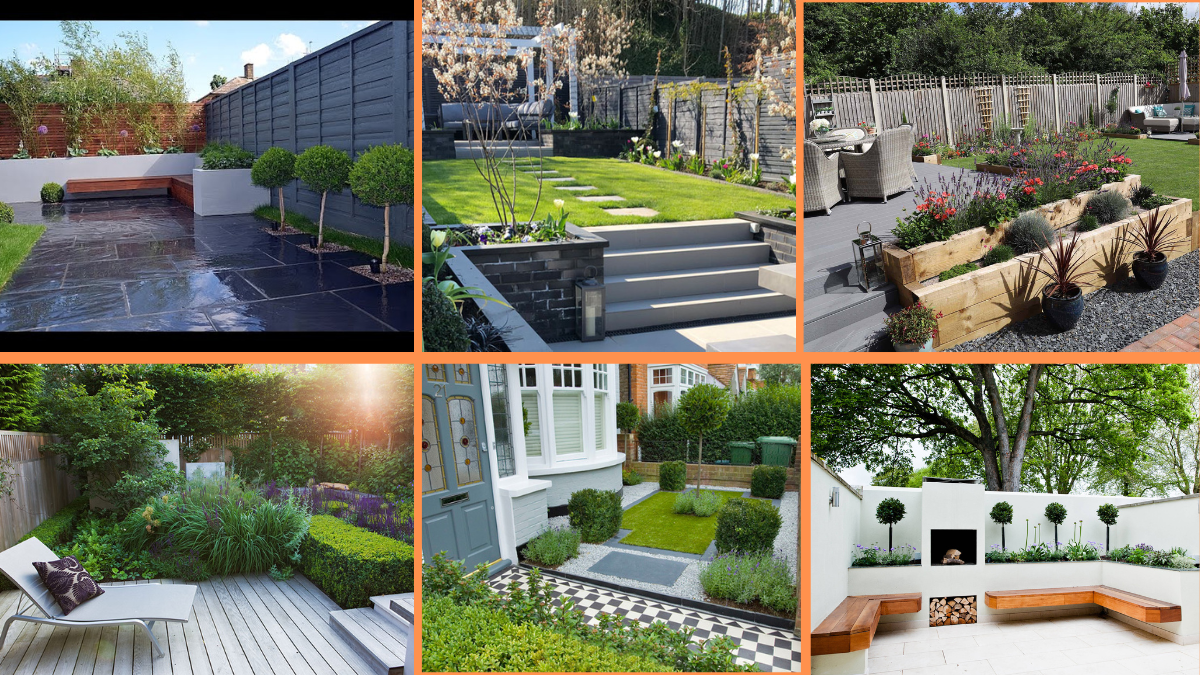A beautiful garden doesn’t have to mean endless hours of weeding, watering, pruning, and fussing. With the right planning and plant choices, you can create a lush, relaxing, and visually stunning outdoor space that practically takes care of itself. Whether you have a sprawling backyard, a cozy courtyard, or a small balcony, low-maintenance gardening is about working smarter, not harder.
In this article, we’ll walk you through 10 practical, creative, and effective tips to design a garden that’s easy to care for while still being gorgeous and inviting.
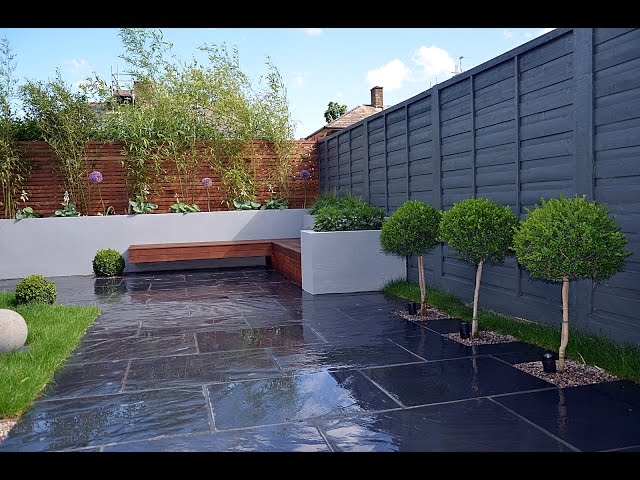
Why Choose a Low-Maintenance Garden?
Low-maintenance gardens are perfect for:
- Busy homeowners who don’t have hours to spare every week.
- New gardeners seeking an easy, rewarding hobby.
- Older adults wanting to enjoy a garden without physical strain.
- Eco-conscious gardeners aiming to reduce water, chemical, and energy use.
The goal is to reduce time-consuming chores while creating a thriving, visually pleasing space that aligns with your lifestyle.
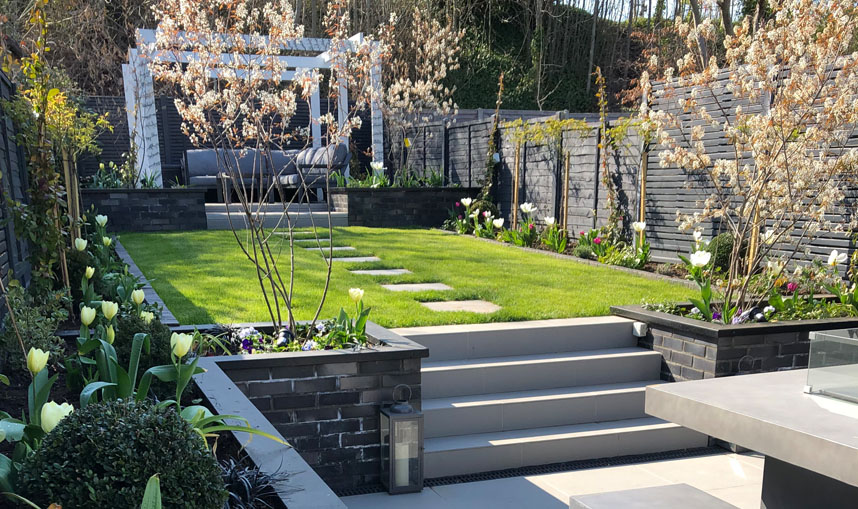
1. Plan a Simple, Thoughtful Layout
A well-planned garden layout saves time and effort in the long run. Instead of a random assortment of plants, create organized zones based on sunlight, soil, and plant water needs.
Tips:
- Use straight or gently curved pathways for easy mowing and walking.
- Group plants with similar care requirements together.
- Leave open space for visual breathing room and future planting.
- Position low-maintenance focal points like a birdbath, sculpture, or large planter.
A clear, simple design is not only easier to maintain but also makes your garden look clean and intentional.

2. Focus on Perennials Over Annuals
Perennial plants come back year after year, requiring far less work than annuals, which need replanting every season. Choose hardy, drought-tolerant perennials suited to your climate and soil type.
Great low-maintenance perennials:
- Coneflowers
- Black-eyed Susans
- Lavender
- Daylilies
- Sedums
- Hostas (for shade)
- Salvia
Not only do they reduce planting chores, but many also resist pests and thrive with minimal care.
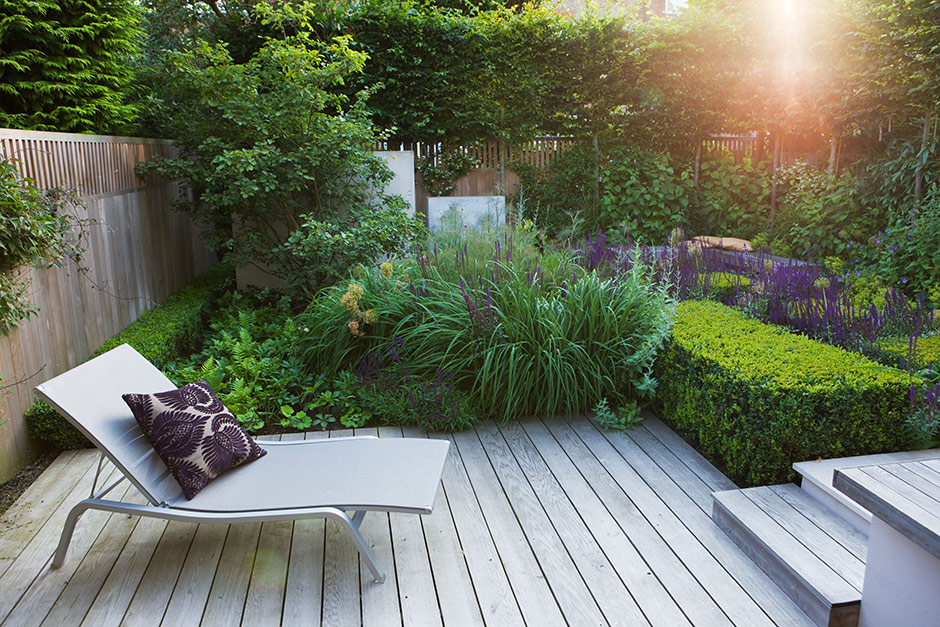
3. Embrace Native Plants
Native plants are adapted to your local environment, which means they generally need less water, fertilizer, and protection from pests and diseases. They support local wildlife, pollinators, and help preserve biodiversity.
How to choose natives:
- Visit a local nursery or botanical garden.
- Search native plant databases by region.
- Ask local gardening clubs for recommendations.
Native plant gardens tend to be resilient and self-sustaining once established.
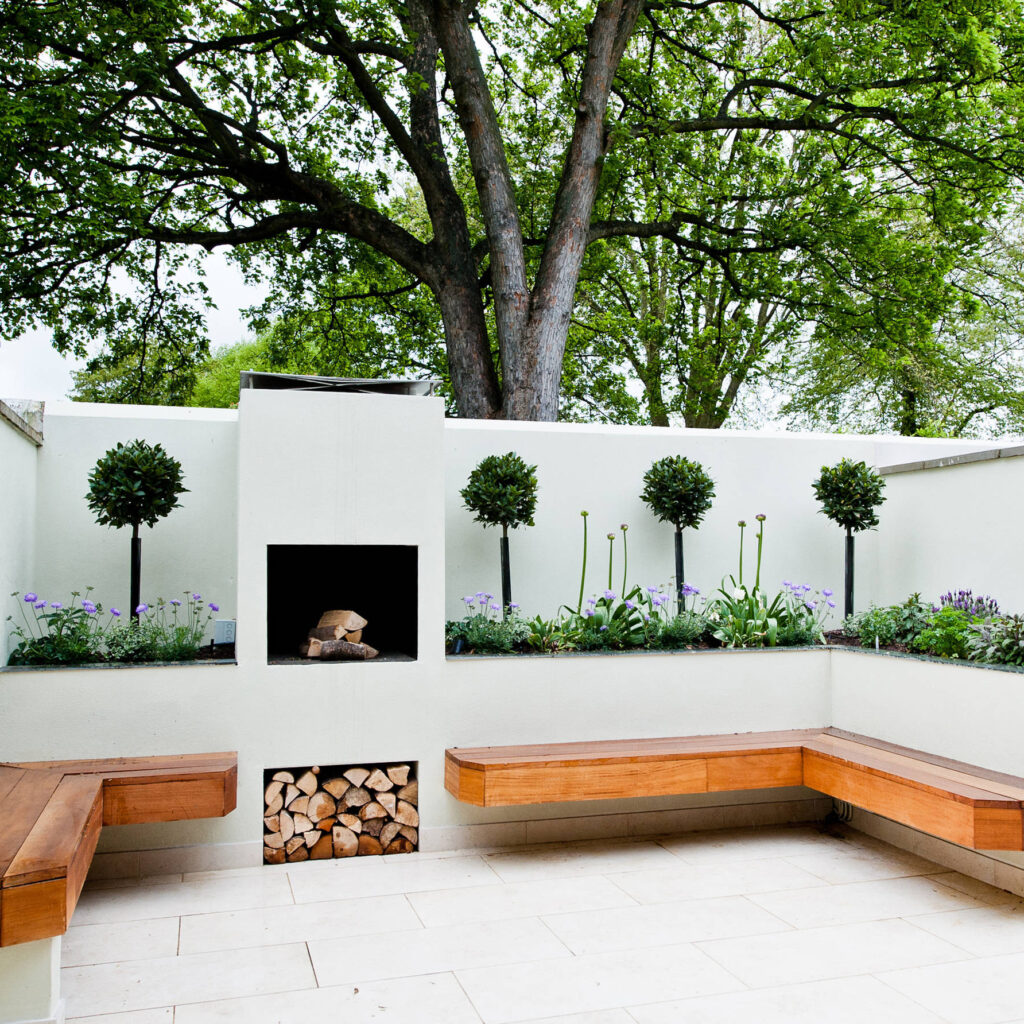
4. Mulch for Moisture and Weed Control
Mulching is a classic time-saver. A thick layer of organic mulch like shredded bark, wood chips, or compost suppresses weeds, retains soil moisture, and improves soil quality as it breaks down.
Tips for using mulch:
- Spread 2-3 inches around plants.
- Avoid piling mulch against stems or trunks.
- Replenish mulch annually as it decomposes.
Besides being practical, mulch also gives your garden beds a tidy, finished look.
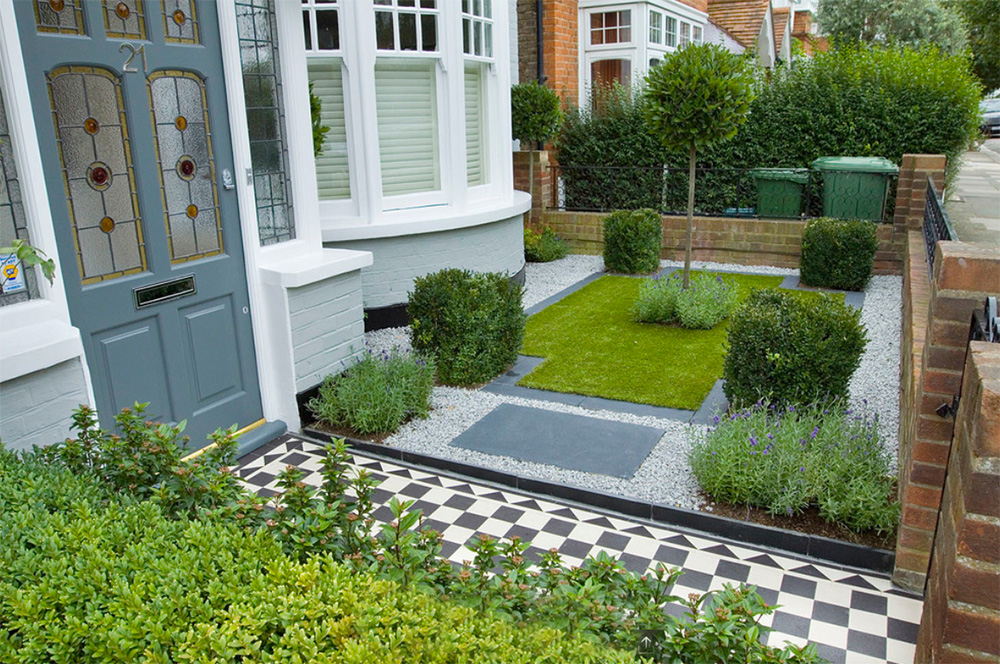
5. Install an Automatic Irrigation System
Watering is one of the most time-consuming garden tasks. An automatic drip irrigation or soaker hose system can save hours of labor while delivering water directly to plant roots where it’s needed most.
Benefits of automatic irrigation:
- Consistent watering schedule.
- Less water waste from evaporation.
- Easier to manage during vacations or heatwaves.
For an even lower-maintenance setup, add a timer to your system.
6. Choose Low-Maintenance Ground Covers
Replace high-maintenance lawns or bare soil with ground covers that require little mowing, watering, or weeding. Ground covers not only conserve moisture but also reduce erosion and add texture to your garden.
Good low-care ground covers:
- Creeping thyme (great for sunny areas)
- Ajuga (Bugleweed)
- Sedum varieties
- Vinca minor (Periwinkle)
- Mondo grass (for shade)
Many ground covers are evergreen or bloom seasonally, providing year-round interest.
7. Reduce Lawn Size
Lawns are one of the most maintenance-intensive parts of any garden, requiring frequent mowing, watering, fertilizing, and pest management. By reducing your lawn area, you instantly lower maintenance demands.
Alternatives to traditional lawn areas:
- Stone, gravel, or bark chip paths.
- Mulched garden beds with perennials.
- Patios or decking.
- Wildflower meadows for larger areas.
Even a small reduction in lawn size can make a noticeable difference in your garden chores.
8. Pick Tough, Low-Care Plants
Choose plants that are known for their resilience and adaptability. Look for drought-tolerant, disease-resistant, and pest-resistant varieties that don’t require constant attention.
Examples of tough plants:
- Succulents (Aloe, Echeveria, Sedum)
- Yucca
- Lavender
- Ornamental grasses (Fountain grass, Blue fescue)
- Boxwood shrubs
These plants often thrive in poor soil, need infrequent watering, and look attractive with minimal pruning.
9. Use Raised Beds and Container Gardening
Raised beds and containers offer more control over soil, drainage, and plant placement, making them easier to maintain than in-ground garden beds.
Benefits:
- Less bending and kneeling.
- Easier to weed and water.
- Improved drainage and soil quality.
- Ideal for herbs, vegetables, and small perennials.
Self-watering containers are a fantastic low-maintenance solution for patios, balconies, and small spaces.
10. Limit High-Maintenance Features
Avoid adding elements that require frequent cleaning, repair, or management unless you genuinely enjoy maintaining them. For example:
- Skip water features that need constant refilling or algae treatment.
- Avoid plants that shed heavily or grow aggressively.
- Minimize delicate flowers prone to pests or diseases.
Instead, invest in sturdy garden décor, perennial plants, and structures built to withstand the elements with little upkeep.
Bonus Tips for an Effortless Garden
- Use garden fabric under mulch to further suppress weeds.
- Choose slow-growing shrubs and trees to reduce pruning.
- Install solar-powered lights for easy evening ambiance.
- Keep a simple tool kit handy for quick maintenance jobs.
- Use decorative stones or gravel to cover hard-to-maintain corners.
Conclusion
A low-maintenance garden is about making smart plant and design choices that work with nature, not against it. By embracing native plants, tough perennials, automatic watering systems, and thoughtful layouts, you can enjoy a lush, relaxing outdoor space without sacrificing your weekends to endless yard work.
Start small, experiment with easy-care plants, and gradually transition your space into a beautiful garden that gives back more than it takes. Whether you’re a beginner or a seasoned gardener seeking simplicity, these 10 tips will help you cultivate a garden that’s beautiful, sustainable, and wonderfully easy to maintain.
